ANGPTL7, a therapeutic target for increased intraocular pressure and glaucoma
- PMID: 36192519
- PMCID: PMC9529959
- DOI: 10.1038/s42003-022-03932-6
ANGPTL7, a therapeutic target for increased intraocular pressure and glaucoma
Abstract
Glaucoma is a leading cause of blindness. Current glaucoma medications work by lowering intraocular pressure (IOP), a risk factor for glaucoma, but most treatments do not directly target the pathological changes leading to increased IOP, which can manifest as medication resistance as disease progresses. To identify physiological modulators of IOP, we performed genome- and exome-wide association analysis in >129,000 individuals with IOP measurements and extended these findings to an analysis of glaucoma risk. We report the identification and functional characterization of rare coding variants (including loss-of-function variants) in ANGPTL7 associated with reduction in IOP and glaucoma protection. We validated the human genetics findings in mice by establishing that Angptl7 knockout mice have lower (~2 mmHg) basal IOP compared to wild-type, with a trend towards lower IOP also in heterozygotes. Conversely, increasing murine Angptl7 levels via injection into mouse eyes increases the IOP. We also show that acute Angptl7 silencing in adult mice lowers the IOP (~2-4 mmHg), reproducing the observations in knockout mice. Collectively, our data suggest that ANGPTL7 is important for IOP homeostasis and is amenable to therapeutic modulation to help maintain a healthy IOP that can prevent onset or slow the progression of glaucoma.
© 2022. The Author(s).
Conflict of interest statement
The authors declare the following competing interests: Regeneron authors receive salary from and own options and/or stock of the company. C.W.’s spouse is an employee of the Regeneron Genetics Center. The remaining authors declare no competing interests.
Figures
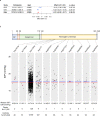

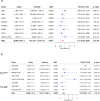
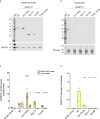
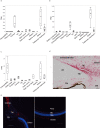


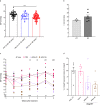
References
Publication types
MeSH terms
Substances
Grants and funding
LinkOut - more resources
Full Text Sources
Other Literature Sources
Medical
Molecular Biology Databases

